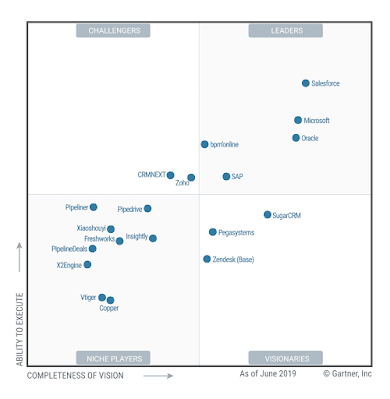Microsoft Power Apps and Oracle
 Jim Townsend
Jim Townsend
by James Townsend
Recently I was demonstrating a Microsoft Power Apps solution and I was asked what options are available for handling data in Oracle along with Power Apps. Can Oracle be migrated to Power Apps and Dataverse? Can Power Apps access data stored in Oracle? Can I use Power Apps to replace Oracle Forms?
Like Oracle, Power Apps offers both a front end user interface and a database (Dataverse). This post introduces some options on how Oracle data can fit with Power Apps as well as some migration paths to get to Power Apps from Oracle. Microsoft offers a Power Apps connector for Oracle
First, a reminder that there are two kinds of Power Apps: model-driven apps and canvas apps. Model driven apps store their data in Dataverse, the repository used by Power Apps and Dynamics 365 apps such as Sales, Marketing, Customer Service and others. Model-driven apps give a more complete low code environment for solution development, and are tightly integrated with the Microsoft Cloud. There is no option to designate Oracle as your repository for model-driven apps in lieu of Dataverse. Therefore you could migrate Oracle data to Dataverse or set up replication between the two databases.
Canvas apps can connect to hundreds of data sources, including Oracle. The Oracle Database connection can list tables, create, read, update, and delete table rows in an Oracle database as well as supporting full delegation of filtering, sorting, and other functions. The Oracle Database connection does not currently support triggers or stored procedures.
Another approach is to use an integration platform like these:




 Like
Like Report
Report
*This post is locked for comments